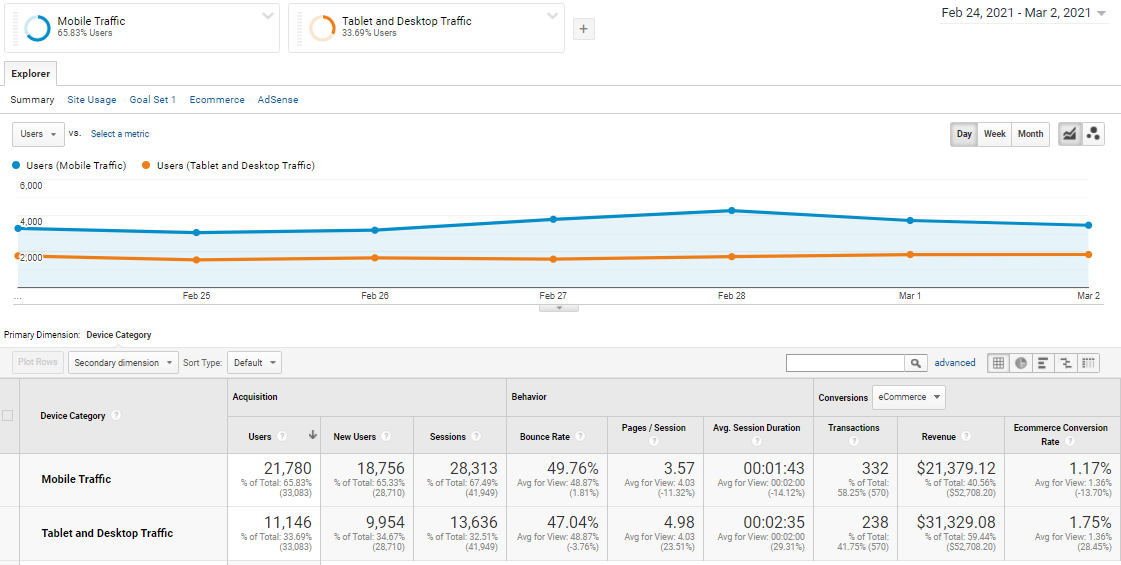
Home > SaaS Trends You Need To Gear Up For and Leverage In 2023
Table of Contents
ToggleIt’s hard to imagine a workplace without any form of SaaS put to use, even harder to remember the time before it and how people were linked – work-life without Slack, MailChimp, HubSpot, Google Apps, huh, what was that like?
SaaS products have become an indispensable part of our day-to-day lives, especially on the office front. The industry is booming like never before and it’s important that the people associated with it are prepared for what the future beholds for them.

The SaaS industry is forecasted to see a worldwide rise of 17% in 2023 with the cloud application services rising from $101,480 Million in 2020 to reach $138,261 Million in 2023, as stated in a report by Gartner.
All this points out one single thing – 2023 is going to be the year of SaaS trends. With this comes innovations and new opportunities, so here we’ve enlisted 5 latest SaaS trends you should keep an eye on for 2023 that you should know about:

Artificial Intelligence and Machine Learning have blended into every part of today’s life and SaaS is no exception, thus it has to be the first thing we mention in this blog. Since the 1950s, AI has attracted enormous attention and opened horizons previously only possible in sci-fi movies like Chappie or I, Robot.
But now from Apple’s Siri to Windows Cortana to Amazon’s Alexa to the website chatbots, AI has touched almost every aspect of this industry. AI is used to deal with gigantic amounts of data. This eventually gives companies the power to automate many customer experience processes and tedious tasks, such as training, customer interactions, running marketing campaigns, upselling, in short, a whole new customer service.
Dynamic Pricing: Adopted by companies like Uber, Amazon, and Airbnb, the dynamic pricing model uses AI and Machine Learning to analyze the data they receive and readjust their pricing based on the demand, market conditions, customer behavior, and various other aspects.
Predictive Analytics: This might be the most important AI capability, as it empowers an enterprise to identify and analyze not just what customers are doing now, but what they will do in the future. Tracking historical data and forming patterns of what a consumer or user will most likely do like open an email, renew a subscription, or maybe buy a new product. Having understood this, you can personalize your communications for a much better user experience.
From adapting the customer’s journey to predictive intelligence, AI and ML have helped a lot of companies grow insanely. One such example is how Salesforce showed how AI can serve SaaS by letting people build intelligent products that will make accurate predictions and employ deep learning models for business development.
We all remember the Blockchain hype, don’t we?
It all started when cryptocurrencies came into the limelight. Blockchain technology was introduced for secure transactions of cryptocurrencies like Bitcoin.
As much as the technologies have eased the lives of people, one can’t simply ignore the security threats they tend to have. As we know that SaaS companies need to have trustworthy transactions and transparency.
This is where Blockchain helps, with its decentralized and transparent transactions and the fact it uses AI to counter new threats by continuously updating its security measures every time it encounters a new threat.
With AI, SaaS gets the security services that tend to replicate and learn from new security threats automatically, thus empowering companies to prevent fraud. Oracle has implemented this and added machine learning and AI to its cloud security services, enabling the automatic detection of any potential threats.
One such example is VeChain, a product management platform built on a blockchain. Each product is associated with a unique ID, thus helping to eliminate counterfeiting by creating a transparent supply chain.
The SaaS market has 2 types of companies: Vertical and Horizontal; vertical being the one that serves the needs of specific industries – legal, healthcare, science, etc., and horizontal that covers functional needs like marketing, accounting, sales, across various industries.
As the competition between Vertical and Horizontal SaaS is becoming fierce, we believe that 2023 is going to be the year of vertical SaaS.

Why do we think that?
Well for starters, the growth of vertical-specific SaaS applications has tripled over the last few years, i.e., the total market capital for vertical SaaS software is now at $150B.
With companies like Veeva, Guidewire, and Mindbody taking over the market by seeing a growth in their share price by 48%, 21%, and 18% respectively, it’s safe to believe that our earlier statement is in fact true.
Many emerging SaaS startups chose a vertical SaaS industry model to target a particular niche thus helping them focus better on the needs of clients, thus easy to market as well.
Being a relatively new aspect of the SaaS industry, companies are still exploring it, which means less competition and high chances of success. Not only this, but vertical SaaS companies also have a higher EBITDA (Earnings Before Interest, Tax, Depreciation, and Amortization) and lower marketing spend (mostly word-of-mouth marketing) as compared to horizontal SaaS, 20-25% higher. So, in short, you get better to upsell from lower acquisition costs.
Vertical SaaS is focused on a specific type of business as a Software for health-testing (BioIQ) or an appointment software for dental offices (10to8) whereas a horizontal SaaS is a more generic app, one that is used by any type of business like marketing automation software (HubSpot).
Micro SaaS is simply a SaaS company, owned and operated by a single person or a small team. While SaaS companies are niche-specific, micro-SaaS is needs-specific, it’s aimed at solving a particular problem in a niche market by using minimal resources.
Micro-SaaS businesses come with a lot of advantages such as lower risk, higher-margin, and the fact that they can be location-independent.
A great example of microSaaS will be Storemapper – an eCommerce store locator. The term micro-SaaS was first used by its founder and owner, Tyler Tringas to describe his business.
He described micro SaaS, as:
“A SaaS business targeting a niche market, run by one person or a very small team, with small costs, a narrow focus, a small but dedicated user base, and no outside funding. Hence, micro-SaaS.”
Their current monthly recurring revenue is about $18,000 which is not less for a micro-SaaS company.
A similar example will be Complice – an App to keep a track of your daily goals that has monthly revenue of $64,000. It offers a very basic service that solves a clear problem.
With more entrepreneurs becoming interested in small businesses and customers looking for more specific problem-oriented solutions, 2023 is predicted to be the year of micro SaaS.
An average smartphone user checks his phone about 47 times per day which amounts to 17,155 per year. So if SaaS businesses want to be more successful in 2023, they should focus on enhancing the user mobile experience. Better mobile experiences of your product can help your users make better and quicker decisions. In fact, having mobile apps can enhance the efficiency and productivity of your business, here’s a glimpse:

It’s clear that statistically, investing in mobile optimization will not only boost traffic but also increase the overall conversion rate.
To get started, you can initially create a prototype and check how users are interacting with your App. You can ask for their feedback as well, make sure your users don’t face any challenges while using your app on mobile.
Although deciding to follow b2b SaaS trends can be difficult, if you’re in the SaaS industry, it’s crucial to be aware of all the ongoing SaaS industry trends alongside having an eye out for the latest SaaStrends.
Are you ready for these SaaS trends? Which ones do you think will dominate the market in 2023?
Pushkar Sinha is the Head of Digital Marketing at FirstPrinciples Growth Advisory. With 15+ years of expertise, he specializes in SEOfor European, American, and Indian markets, both in agency and in-house roles. His holistic skill set encompasses Google Ads, Affiliate Marketing, SEO, SEM, PPC, E-Commerce, and Project Management. Pushkar is...